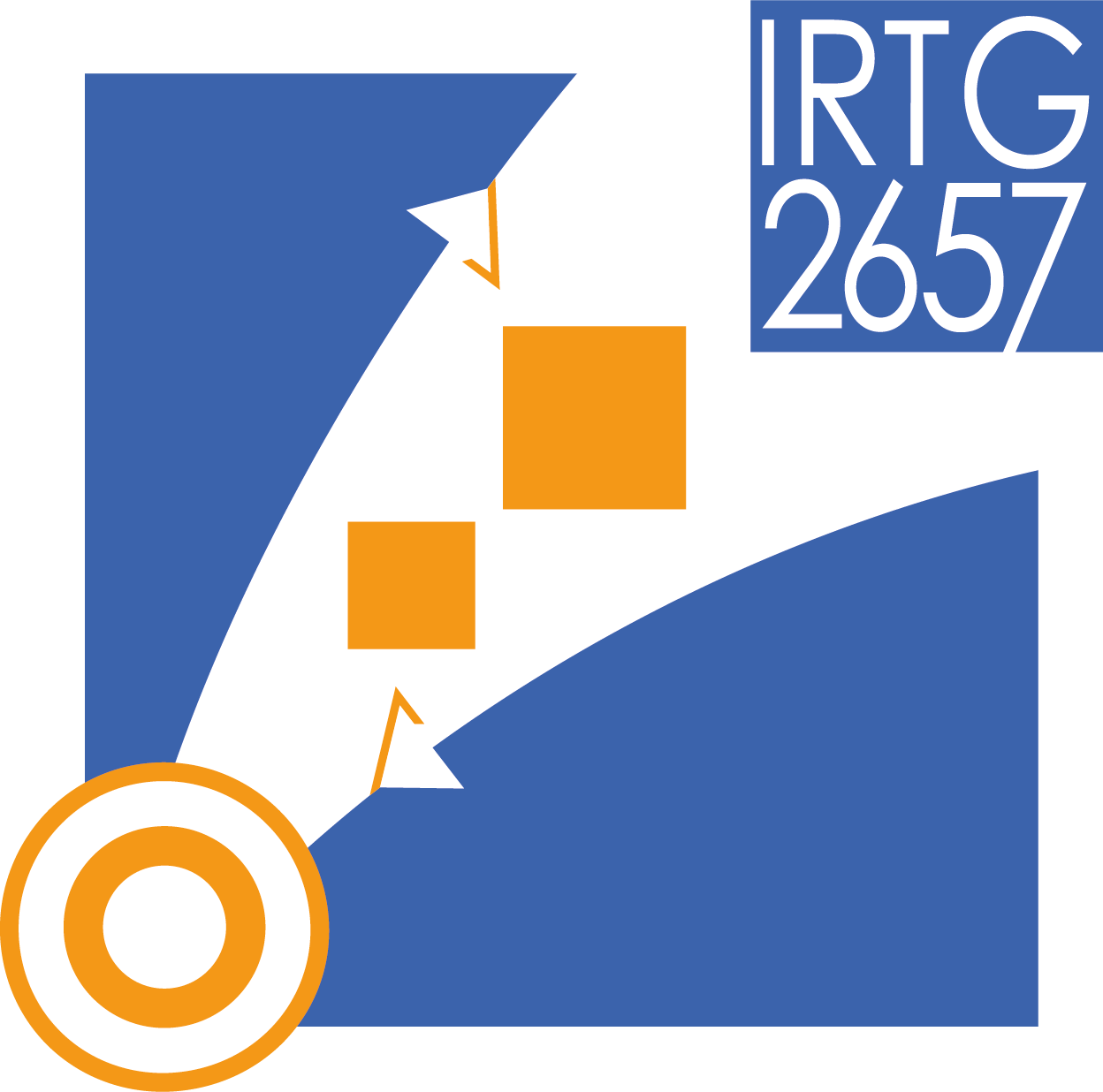Physical/data coupling approach for creating a digital twin
| Team: | Floriane Wurtzer, Pierre-Alain Boucard, David Néron, Raimund Rolfes, Michael Beer |
| Year: | 2021 |
A major challenge today is to have tools that allow not only to design systems, but also to predict their future behaviour, throughout their operation. Thus, it is necessary to exploit data from feedbacks to feed and enrich the models in order to improve their representativeness of reality. These 2 phases (enrichment and simulation) are extremely costly in terms of computation time, especially in the nonlinear and multiphysics framework because the simulation process must be able to handle several physics, which are potentially enriched by data. Partitioned procedures and staggered algorithms are often preferred to direct analysis. The use of efficient model reduction in the context of strongly-coupled problems is very restricted in the literature. Some preliminary works were developed in the context of the LATIN method using the concept of an "interface between physics", which makes it possible to treat physics in a decoupled way allowing to deal with different time-space scales and model reduction features. This concept will be extended to physics/data interfaces in order to build an accommodation space that allows to make one of the physics interact with data or a model not based on physics but on these data: metamodel, neural network, etc. The other possible extension corresponds to a physics/physics interface enriched by the data. In this framework, some equations from physics are exploited in a hybrid way and completed, or enriched by data in connection with "data driven" methods.
Team
Doctoral Researcher: Floriane Wurtzer
Scientific Advisors: Pierre-Alain Boucard, David Néron, Raimund Rolfes, Michael Beer






